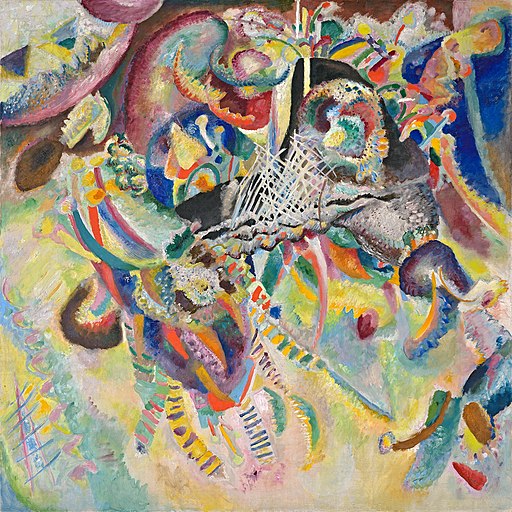Abstract art could be referred to as a creative method of illustrating an artist's view of the world not just the physical but also the ethereal.
In contrast to other art forms, abstract art emphasizes ideas or imagination, expressed on canvas or other mediums. It is these ideas in their native abstract state that are not transformed into set-in-stone representation. It is very tricky to be able to create something in an actual substantive format with intangible characteristics. For starters, the artist must be in touch with their emotions enough to know exactly what feeling they want to convey.
Art that is abstract is created when an artist gives their thoughts and imagination a physical manifestation. These are then painted on canvas, drawn or shaped into the form of abstract art. Such types of art must depict stimulating images for other people to interplay in their minds and connect to in some specific way. It is just then that the art's true purpose is served. By using simple or complex shapes, colors and forms, it becomes possible for an abstract artist to create a piece of art for the purpose intended.
With so many people facing so much stress in today's frenzied world, abstract art can be a great means to vent out one's unexpressed emotions and to express oneself on canvas successfully in place of using sentences or words. You may wish to approach abstract art as a therapeutic type of hobby. There are 4 basic components to abstract art: sketching or drawing, perspective, color theory, and tools and procedures. These play a vital role in this particular form of art. Generally considered to be a very liberal form of modern art, abstract art does not emphasize the techniques or expertise that artists use of to create representative art but it does not exclude it either.
One thing that cannot be overlooked is the use of colors. Combining the colors to give the artwork the right intensity is a significant aspect to be remembered while creating abstract art. This is not to say that one cannot produce fine abstract imagery with only black and white, but again that is a matter of mastery. If you are just starting out colors are great for evoking feeling and are very important in giving the art the right impact. An important though typically not assumed fact is the effect that fine art training can have on an abstract artist's abilities. For instance, basic still life and portrait theories which are required classes for many art students may seem unnecessary to an artist already into creating in the abstract style. One such artist, Elisa Gomez ,tells me about her experience:
"The teacher was a successful and very talented abstract artist and someone I felt I could be straight with. I asked him at the beginning of the semester (we had a history of classes at that point and he knew my style) if he felt it was truly necessary for me to take this class. He adamantly told me yes- yes, you need to know color theory, triangulation and many other elements to make a good still life. They are tools that can be manipulated in abstraction for a deeper more meaningful work. He was absurdly correct. What I am trying to say is while traditional techniques seem far and away from abstract art- those very tools help me to take my work from interesting to captivating."
The emphasis in abstract art is focused on the artist's perspective of how they see the world. The feelings of the artist along with the knowledge of the aforementioned basic components should be enough for producing some form of abstract art. The more ideas and emotions stirred up in others upon viewing your work is a good gauge of how well your efforts turn out. For some tips to getting started read 4 Tips for Painting Abstracts.





.png)





1 comments:
Abstract art is a free-flowing of ideas. It is just spontaneous.